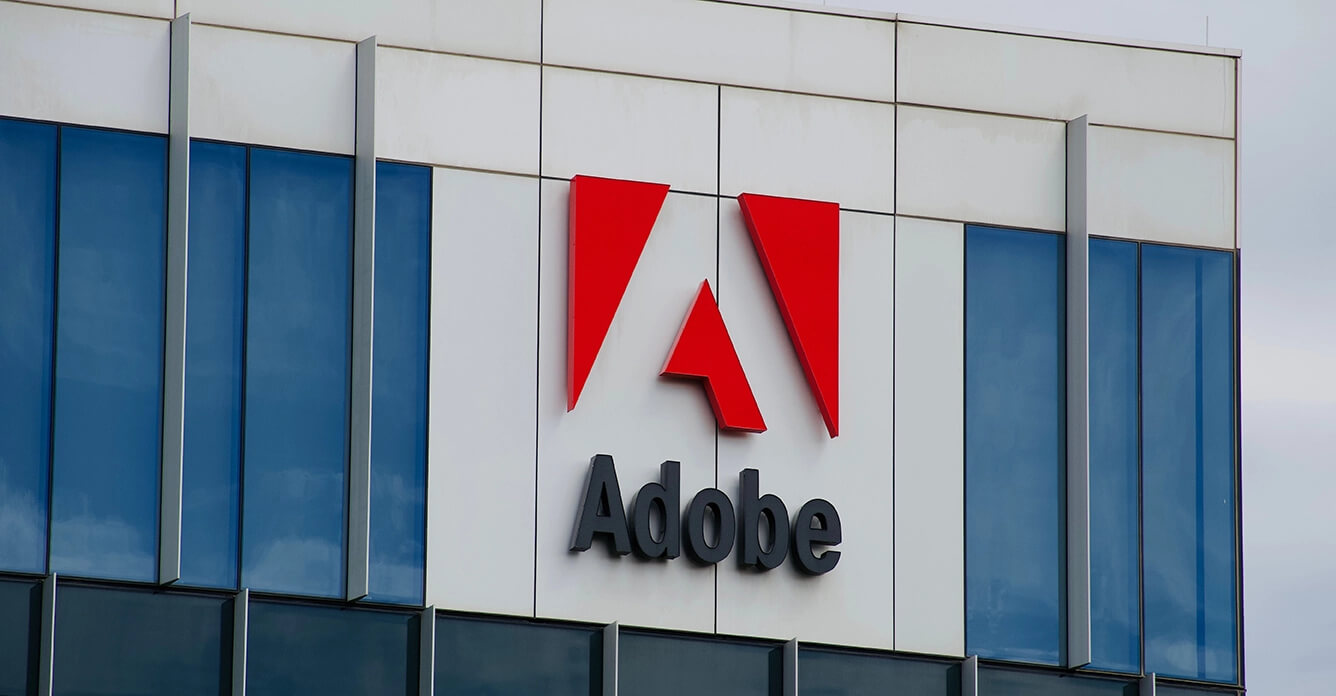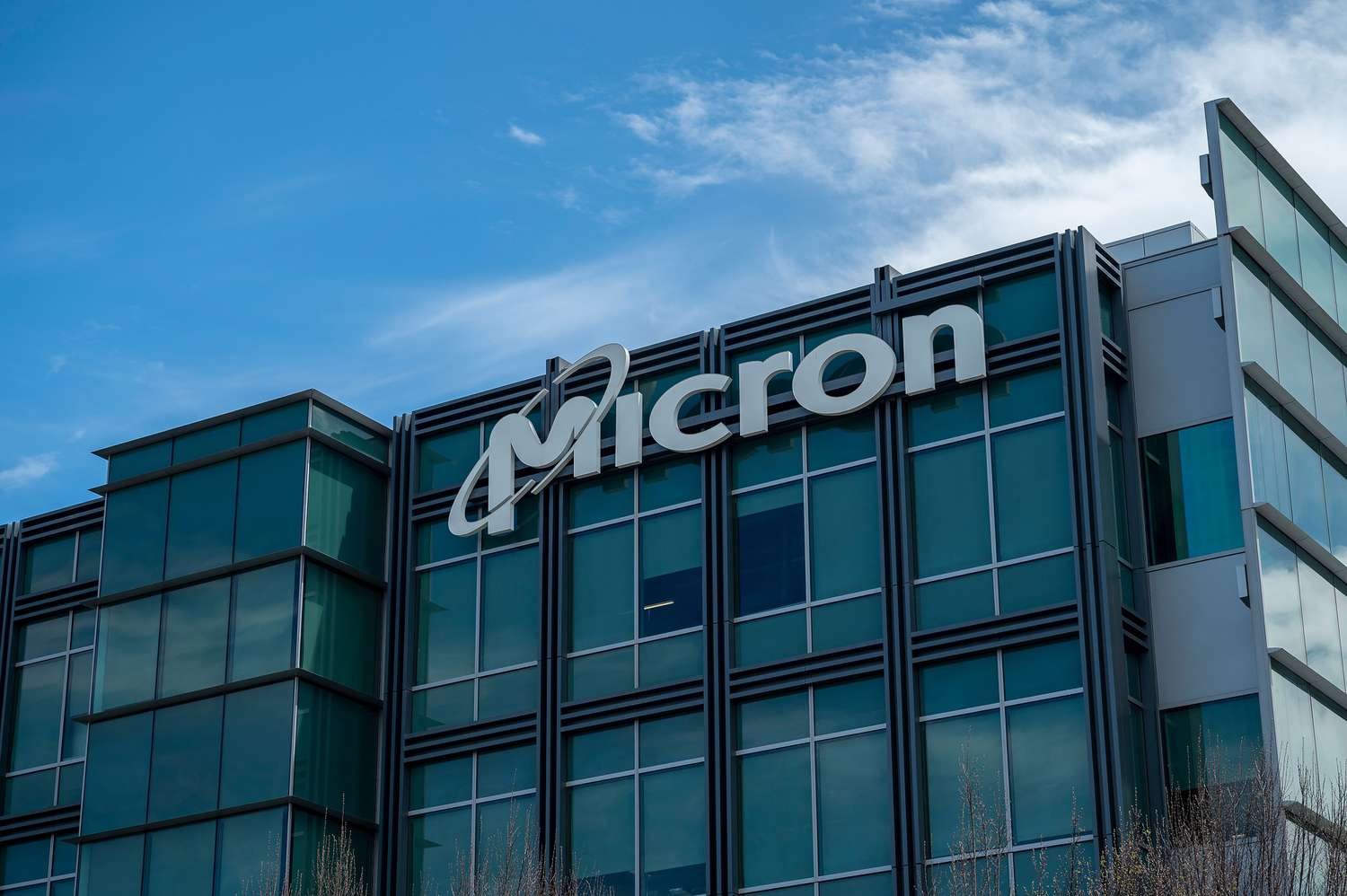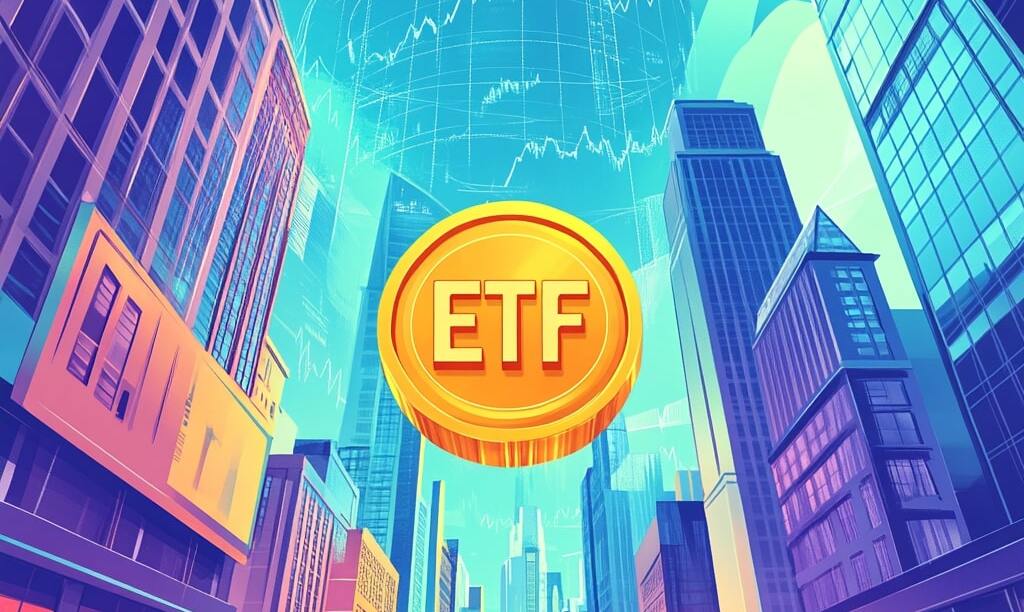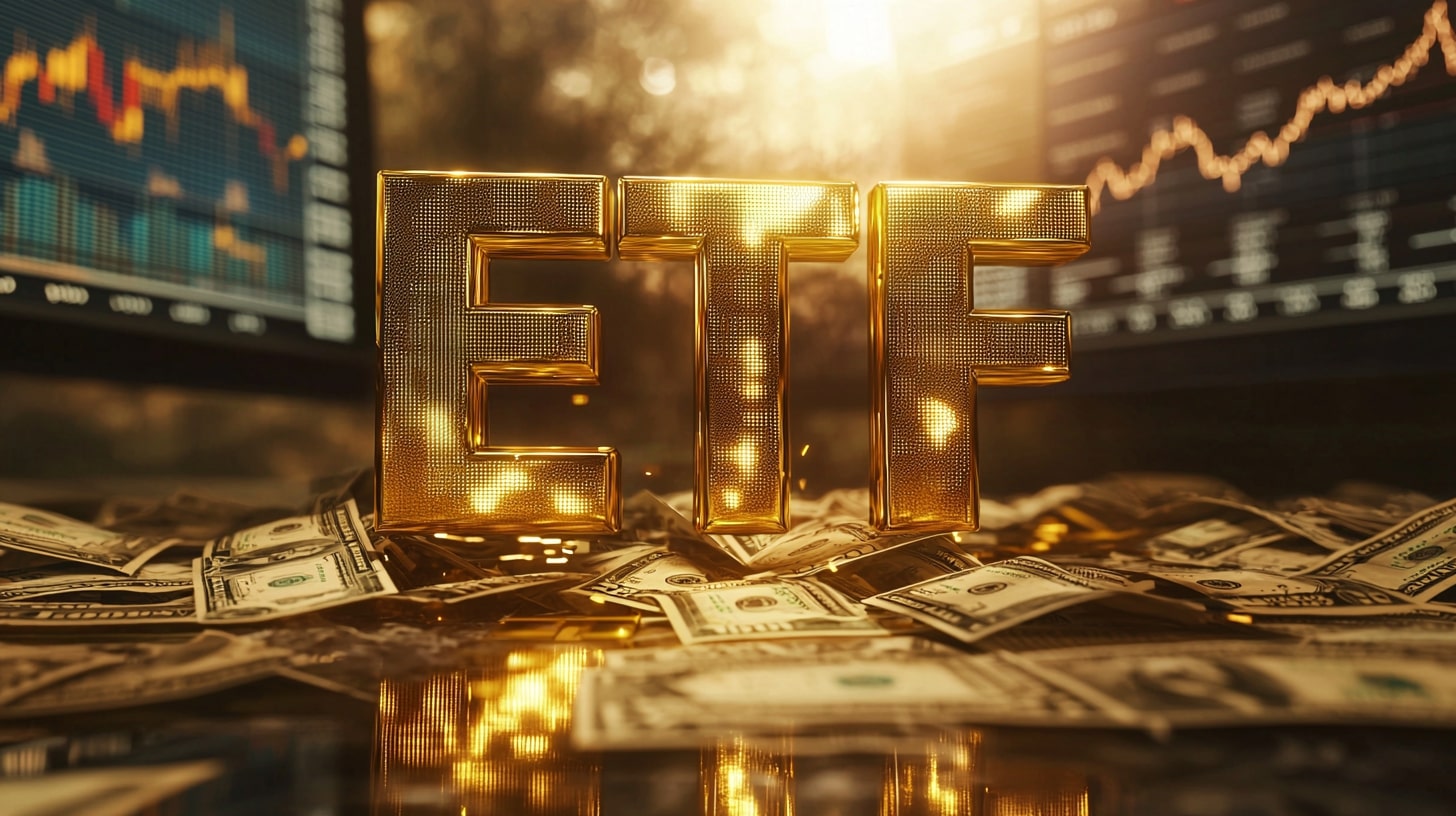Interactive Brokers (NYSEARCA:BTAL) ETF: A Profitable Hedge in a Volatile Market
Exploring the Profits from Low Beta Stocks
The AGF U.S. Market Neutral Anti-Beta Fund ETF (NYSEARCA:BTAL), with its current price hovering around $29, is designed as a strategic hedge, exploiting the volatility between high and low beta stocks. Its model thrives when market conditions turn sour, providing a solid avenue for protection during times when the broader market suffers from inflated valuations. While not intended for long-term holding, BTAL serves as an excellent choice during market corrections, focusing on lowering portfolio volatility and ensuring stability for cautious investors.
Hedging with BTAL: A Market Neutral Strategy
Unlike typical long-only ETFs, BTAL operates using a long/short approach—taking long positions in low-beta stocks while shorting high-beta stocks. The ETF is structured to benefit during times of heightened market uncertainty, especially when speculative high-beta stocks, often overvalued due to euphoria, experience a drop in price. This setup proved beneficial in 2022, as BTAL recorded impressive gains during bear markets while the broader S&P 500 index faced significant losses. Currently, BTAL is up 7% YTD, while the S&P 500 has seen a 2% decline. Its ability to profit during downturns while offering protection against volatility is a distinct feature that sets it apart from other funds, particularly in the context of stretched market valuations.
Current Strategy and Sector Composition
BTAL holds around 200 long positions in low-beta stocks and shorts a similar number of high-beta names, with the average price-to-earnings (P/E) ratio for the long portfolio at 22x, and for the short portfolio at 29x. This discrepancy allows the ETF to leverage relative value dynamics, profiting when high-beta stocks deflate. Additionally, the fund's beta remains 0.69 for the long positions and 1.45 for the short positions, confirming its market-neutral strategy. Despite market fluctuations, BTAL's sector weightings remain balanced, showing no significant sector bias. This diversified approach reduces exposure to sector-specific risks and reinforces its stability.
Performance During Market Volatility
BTAL has consistently outperformed in volatile market conditions. For instance, in 2018 and 2022, when the S&P 500 faced downturns, BTAL gained significantly, showing how the strategy works to mitigate risk and potentially generate returns in bear markets. During the early days of the COVID-19 market crash in 2020, BTAL surged 16%, capitalizing on the volatility. This positive correlation with market downturns makes BTAL a compelling choice for those seeking to shield their portfolios from adverse movements in equity markets.
Why Not a Long-Term Hold?
While BTAL has proven effective during recessions and market sell-offs, it is not designed for long-term holding. The fund is particularly suited for risk-off environments, where speculative high-beta stocks are likely to face downward pressure. BTAL's strategy does not align with a typical buy-and-hold investment approach, as its focus is to capitalize on short-term market corrections rather than long-term growth. Its performance in the past few years, notably since its inception in 2011, has shown modest returns, with an annualized return of around 9.2%, outperforming the S&P 500 in terms of volatility-adjusted returns.
Is BTAL the Right Fit for Your Portfolio?
For investors looking to hedge against potential market corrections, BTAL offers a unique opportunity. A 33-67 portfolio split between UPRO (a leveraged S&P 500 ETF) and BTAL has proven to provide strong risk-adjusted performance. This strategy could enhance portfolio returns while minimizing volatility, especially in turbulent market conditions. As of early 2025, this approach has already returned 4% YTD, compared to the S&P 500’s small losses during the same period. With stretched valuations and a potentially volatile market ahead, BTAL can serve as a safeguard, protecting investors from the downside while offering modest growth in more uncertain times.
Concluding Thoughts
With BTAL trading at around $29, its strategic positioning in low-beta versus high-beta stocks makes it an ideal tool for managing risk in today's market. While not a long-term investment, its role as a hedge during market pullbacks is invaluable. As market conditions evolve and volatility persists, BTAL continues to offer investors a robust solution for lowering portfolio volatility while capitalizing on price corrections in speculative high-beta stocks. For investors aiming to stay safe amid market uncertainty, BTAL remains a strong choice with a potential upside if volatility continues.

















